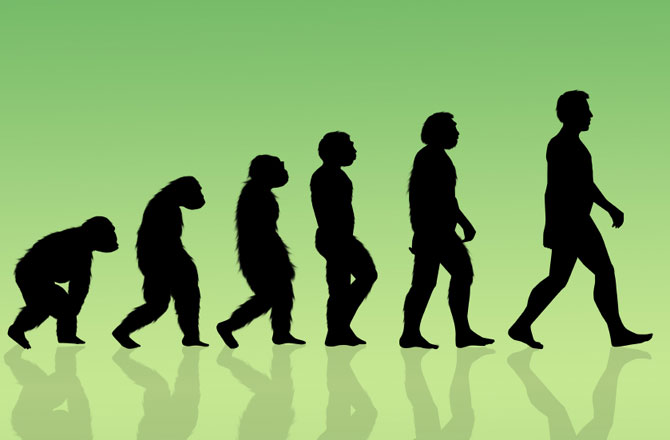The same old information creates new information:
The explanation doesn't get much simpler than that. Just because you insist that something new needs to be thrown into the pile of old in order for something new to come into existence, it doesn't make it true or applicable to evolution.
The theory of evolution explains how strands of DNA change. An X-ray, cosmic ray, chemical reaction or similar mechanism can modify a base pair in the DNA strand to create a mutation, and this modification can lead to the creation of a new protein or enzyme.
The explanation doesn't get much simpler than that. Just because you insist that something new needs to be thrown into the pile of old in order for something new to come into existence, it doesn't make it true or applicable to evolution.




Comment